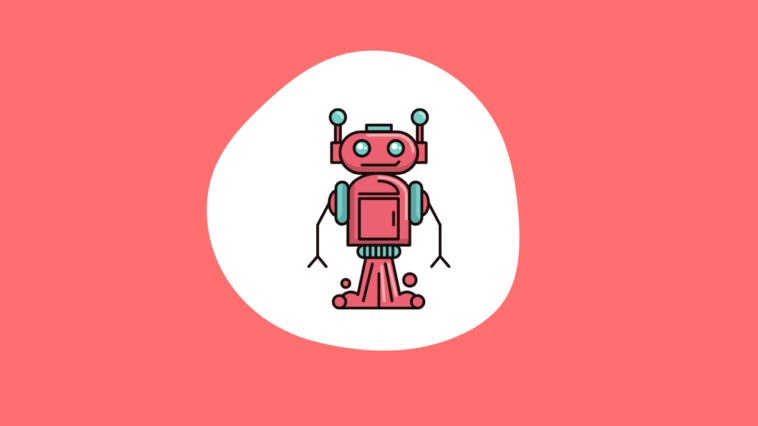Artificial Intelligence (AI) refers to the development of computer systems that can perform tasks that would usually require human intelligence, such as decision-making, perception, and learning.
AI has been used in various fields, from healthcare to finance, and has the potential to revolutionize society. However, AI has also raised concerns about social inequality. This article will explore how AI can exacerbate social inequality and provide solutions to mitigate these risks.
Understanding AI Software
AI software refers to computer programs that use machine learning algorithms to analyze data and make predictions. There are two types of AI software: narrow or weak AI, and general or strong AI.
Narrow AI is designed to perform specific tasks, while general AI can perform any intellectual task that a human can. AI software works by collecting and analyzing vast amounts of data and then using this data to make predictions or decisions.
Examples of how AI software is currently used in society include virtual assistants, self-driving cars, and fraud detection systems.
The Benefits of AI
AI software can bring significant benefits to society. For example, AI can be used in healthcare to diagnose diseases and develop personalized treatment plans. It can also be used in transportation to reduce traffic and improve safety. Additionally, AI can be used in finance to identify fraudulent activities and prevent financial crimes.
The Risks of AI
While AI has many benefits, it also poses significant risks. One of the primary concerns is that AI can exacerbate social inequality.
AI algorithms are only as good as the data they are trained on, and if the data used to train the AI system is biased, the algorithm will perpetuate that bias.
For example, facial recognition software has been shown to have higher error rates for people of color, leading to false arrests and unfair treatment. Similarly, AI algorithms used in hiring can be biased against certain groups, leading to discrimination and perpetuating inequality.
Solutions to Mitigate Risks
To mitigate the risks of AI, several solutions can be implemented. First, developers should ensure that the data used to train AI algorithms is diverse and representative of the population. Second, transparency in AI decision-making should be prioritized, so individuals can understand why certain decisions are made.
Third, diversity should be prioritized in the development and deployment of AI systems to ensure that different perspectives and experiences are considered. Finally, society as a whole can work to reduce social inequality by promoting education, diversity, and inclusion.
In conclusion, AI has the potential to bring significant benefits to society, but it also poses significant risks, particularly in exacerbating social inequality. Developers and society as a whole must work together to ensure that AI is used responsibly and equitably to avoid perpetuating existing inequalities.


